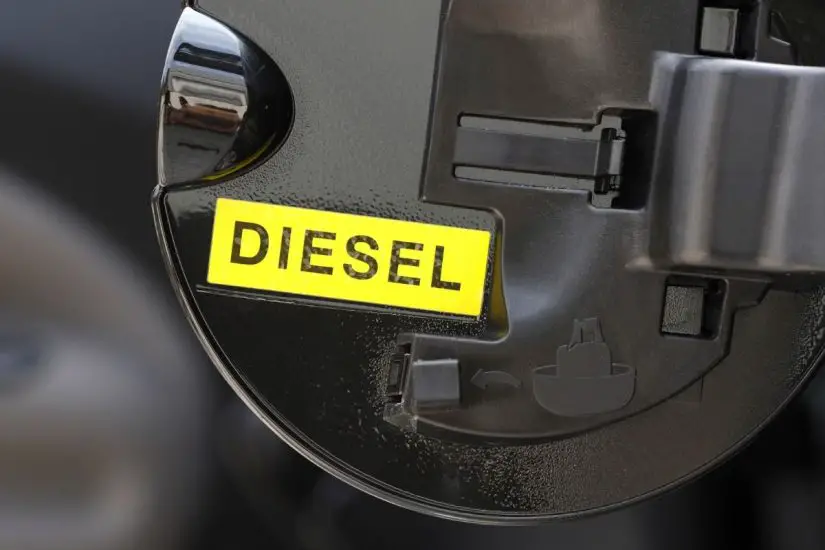
Hyzon Motors uses Repower program to boost decarbonization
May 16, 2022The program’s first commercial launch will convert diesel trucks into fuel cell electric vehicles.
Hyzon Motors (NASDAQ stock symbol HYZN) has announced the first commercial launch of its Repower program, which is meant to accelerate decarbonization through fuel cell electric vehicles (FCEVs).
The zero-emissions supplier of H2 and commercial FCEV supplier is working to reduce CO2 from the roads.
The Hyzon Motors decarbonization strategy was developed in response to the worldwide demand for zero-emissions vehicles within a global supply chain crisis. The company intends to use the Repower program to make it possible for customers to convert their existing diesel truck chassis into fuel cell electric alternatives.
Once the diesel components are removed, the vehicles will be equipped with the Hyzon Motors proprietary fuel cell system, electric drivetrain and H2 storage system through a partnership with Fontaine Modification.

“The Repower program is a natural solution for our current situation: customers are seeking to urgently reduce emissions, but current supply chain constraints make it very challenging to meet demand,” said Craig Knight, Hyzon Motors CEO. “Thanks to the in-house production of our proprietary fuel cells, Hyzon’s Repower program can deliver zero-emissions vehicles to customers sooner, with lower cost, and less waste.”
The company expects the Repower program to provide an efficient method of decarbonization.
Hyzon has forecasted that its program will provide an efficient way for customers to convert their fleets so that they have cleaner trucks on the road and can do so sooner than they had expected. At the moment, the lead time for a new vehicle chassis is a tremendous 16 months due to the supply chain crisis.
That said, with existing vehicles, the Repower program will be able to upgrade the truck chassis much faster, since Hyzon Motors will have direct access to an existing chassis. From there, decarbonization can also help to reduce customer costs, meaning that the vehicle’s Total Cost of Ownership (TCO) will be at or below diesel parity in California, due to the subsidies available in the state. Furthermore, the program helps to minimize waste and the carbon emissions associated with asset renewal manufacturing.



 With over 15 years of reporting hydrogen news, we are your premier source for the latest updates and insights in hydrogen and renewable energy.
With over 15 years of reporting hydrogen news, we are your premier source for the latest updates and insights in hydrogen and renewable energy.
The future
All technologies transition through a number of phases, namely, initial ideas, R&D, development, commercialisation, market adoption and subsequently continuous ongoing optimisation. For analogy, a 1950s passenger four cylinder 2 litre vehicle produced approximately 50 HP. Applicable constraints then were materials, fuel octane rating, compression ratios, manufacturing capability and reliability to name only some. Today, after a further 70 years of continuous design optimisation, whilst meeting more stringent governmental demands for fuel consumption, emissions, safety and serviceability, similar vehicles on average produce approximately 120HP. A substantial power gain through subsequent design, development and manufacturing optimisation; with high end ICUs yielding even greater outputs.
With climate change gaining global recognition and momentum, new alternative energy and power options from individual and combined hybrid technologies, EVs, green hydrogen and more technologies are flourishing. So as to predicting the viability and success of individual technologies, it is indeed very early days. The scope and depth of new technology options is greater now than ever before, and I am optimistic that the future will yield never before imagined solutions for generating value for money energy and cost outcomes. Here’s to the future!